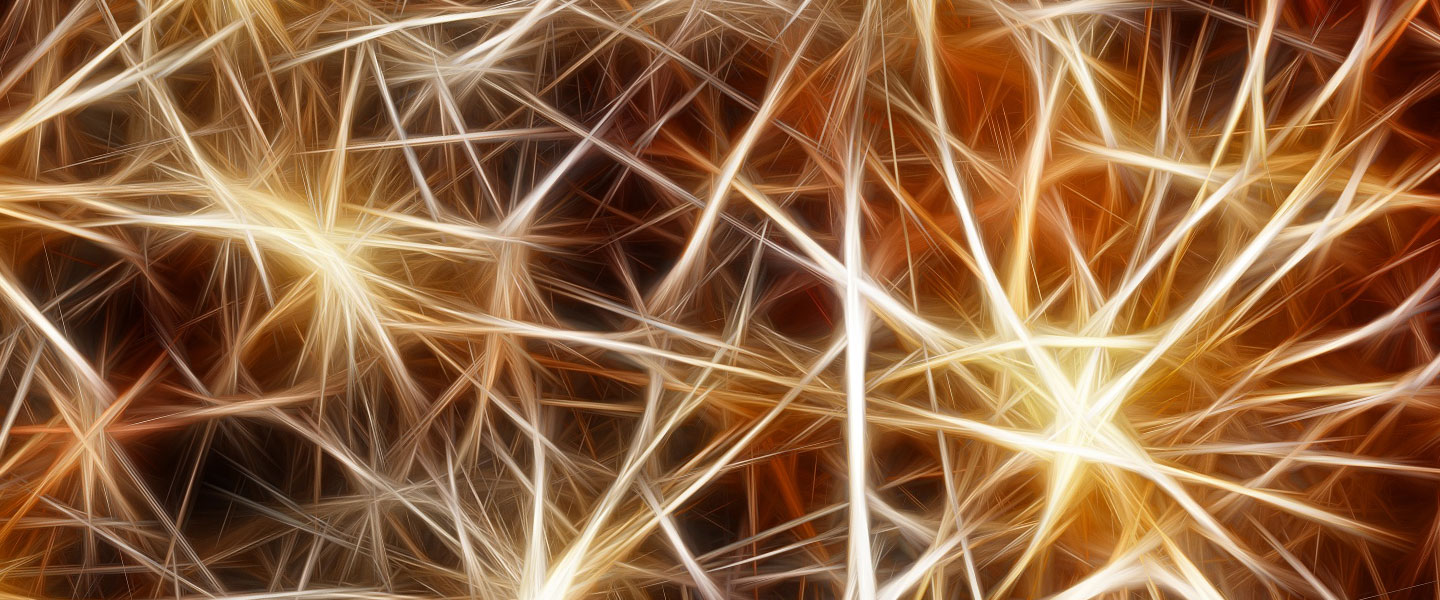Study Offers Insight into How Fear Memories are Strengthened in the Brain
Study Offers Insight into How Fear Memories are Strengthened in the Brain

Researchers have uncovered neural connections and molecular pathways that make fear memories stronger, according to a new study published in Nature Neuroscience. The work suggests potential new therapeutic targets to treat stress and anxiety disorders including PTSD.
Within the brain, our experiences – and the way we feel about them – are transformed into memories, encoded in unique connections between neurons. For example, maybe you had an overly harsh teacher when you were young who made you quiver with fear. Even some 20 years later, the smell of her perfume or the clap of a chalkboard eraser might still make you break out into a cold sweat. More pernicious are fear memories formed of physical or psychological abuse, and of traumas experienced in natural disasters or wartime.
A new memory is initially “plastic” and becomes stronger and resistant to disruption by a process known as consolidation. Over time this process also redistributes memory storage to different neurons and different regions of the brain. Researchers have found that repeated exposure to the stimulus (which initially was associated with the threat) without the threatening experience can affect the strength of memories, making them fade (known as extinction) or become more intense (called reconsolidation).
But exactly what determines the fate of our memories has remained largely unclear. Reconsolidation implies the recall and “making plastic” of the original memory and its restabilization, which results in memory strengthening, whereas extinction is a new learning, which teaches the individual that the stimulus is safe and no longer associated with fear.
The new research, published November 21, 2016, helps explain the molecular underpinnings of memory strengthening and its relation to extinction. The team was led by Cristina M. Alberini, Ph.D., a 2007 NARSAD Independent Investigator grantee, and the first author on the publication, Xiaojing Ye, Ph.D., a 2013 NARSAD Young Investigator grantee.
The researchers used rats to understand how memories are strengthened. First, they taught the animals to associate a particular experience with fear: the animals were put in a two-chamber cage and received a mild foot shock in one of the two chambers (the darkened one). When the animals were returned to the other room of the cage -which recalled the fear experience- their fear memories reconsolidated and became more intense.
The researchers found that strengthening of the memories required direct projections between two regions of the brain, called the dorsal hippocampus and the prelimbic cortex, that have been implicated in fear memory and learning.
In fact, they say, neurons in the prelimbic cortex activate specific molecular pathways to promote reconsolidation, while at the same time suppressing extinction. According to the researchers, this concerted molecular action in the brain presents exciting new potential targets for the treatment of stress-related disorders.



